How to Remove Lectins from Lentils And Reap Health Benefits
Lentils, a beloved legume, contain lectins, but understanding How to Remove Lectins from Lentils or further minimize their presence can empower individuals to make informed decisions about their diet. In this article, we will explore the world of lectins, their potential impact on health, and effective methods for reducing the activity of lectins in lentils and other legumes.
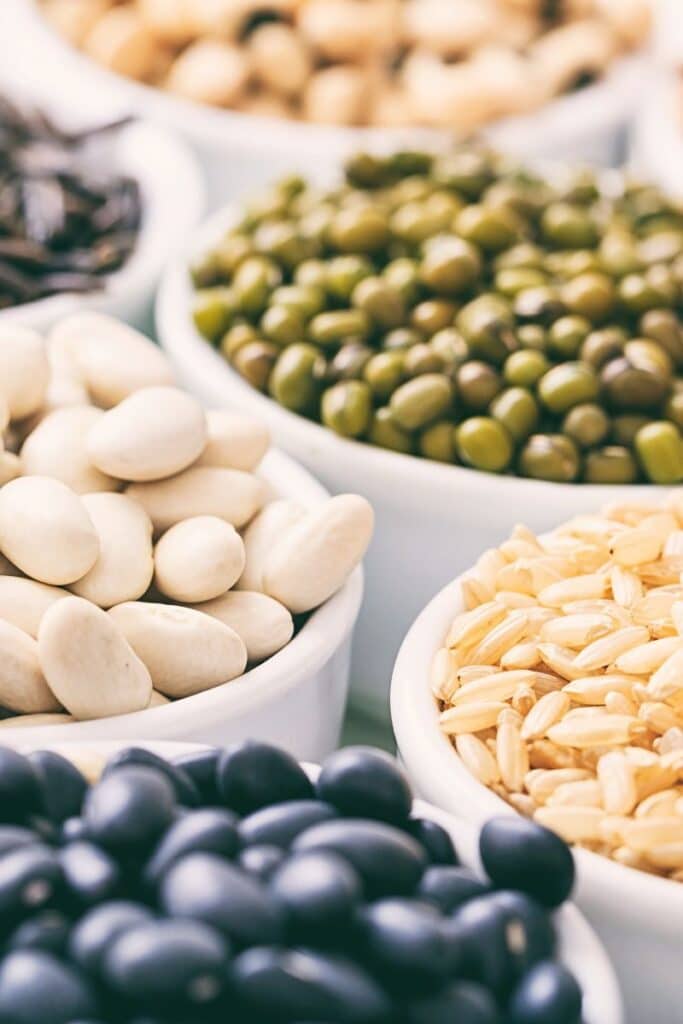
This post may include affiliate links. Please refer to our disclaimer for full disclaimer.
Lectins, a type of protein found in various plant-based foods, have been a subject of debate within the health and nutrition community due to so-called anti-nutrients. Some argue that lectins are harmful and advocate for a lectin-free diet, while others emphasize the potential health benefits they offer.
The Rise of Lectin Fear
The widespread fear of lectins can be traced back to the book "The Plant Paradox: The Hidden Dangers in 'Healthy' Foods That Cause Disease and Weight Gain" by Dr. Steven Gundry. Published in 2017, the book gained significant attention and popularized the idea that lectins, a type of protein found in many plant-based foods, are harmful to human health.
Dr. Gundry claims that lectins can cause a variety of health problems, including inflammation, autoimmune diseases, weight gain, and digestive issues. He suggests that by eliminating or minimizing the consumption of lectin-containing foods, individuals can improve their health and well-being.
However, it's important to note that the claims made in "The Plant Paradox" and the overall fear of lectins are not supported by a strong scientific consensus. While lectins do have some unique properties and can cause adverse effects in certain circumstances, the general belief that they are universally harmful is not supported by scientific evidence.
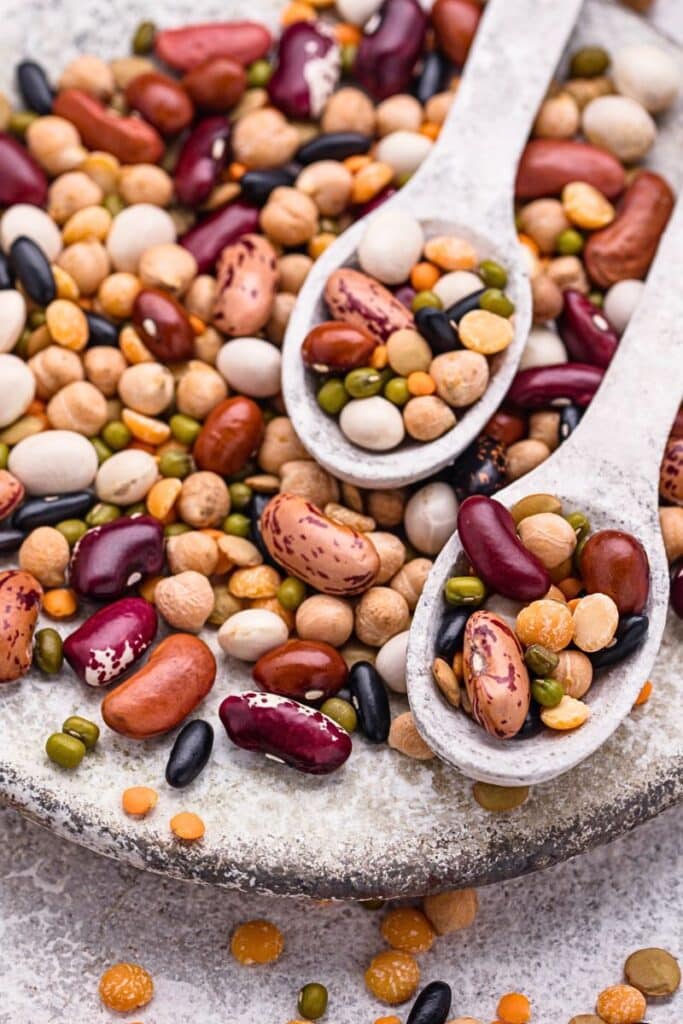
Lectins are naturally occurring proteins found in many plant-based foods, including legumes, grains, certain vegetables, and fruits. They act as a defense mechanism for plants, helping to protect them against pests and predators. Some lectins have been shown to interfere with the absorption of certain nutrients and may cause digestive discomfort in high amounts or when consumed raw (so obviously don't go and consume raw kidney beans). However, most lectins are destroyed or significantly reduced by cooking or processing methods like soaking and fermenting, making the foods safe to eat.
Scientific research suggests that lectins, when consumed as part of a balanced diet, do not pose a significant risk to human health. In fact, many lectin-containing foods are rich in beneficial nutrients, such as fiber, vitamins, minerals, and phytochemicals, which contribute to overall health and disease prevention.
It's important to approach dietary recommendations based on a comprehensive understanding of the available scientific evidence and to consider the overall context of an individual's diet and health status.
The Many Health Benefits of Lentils
By embracing lentils as a regular part of your dietary repertoire, you unlock a wealth of health benefits that extend far beyond any concerns associated with lectins. While some individuals may exhibit sensitivity to lectins, it is important to emphasize that properly cooked lentils are safe and highly nutritious.
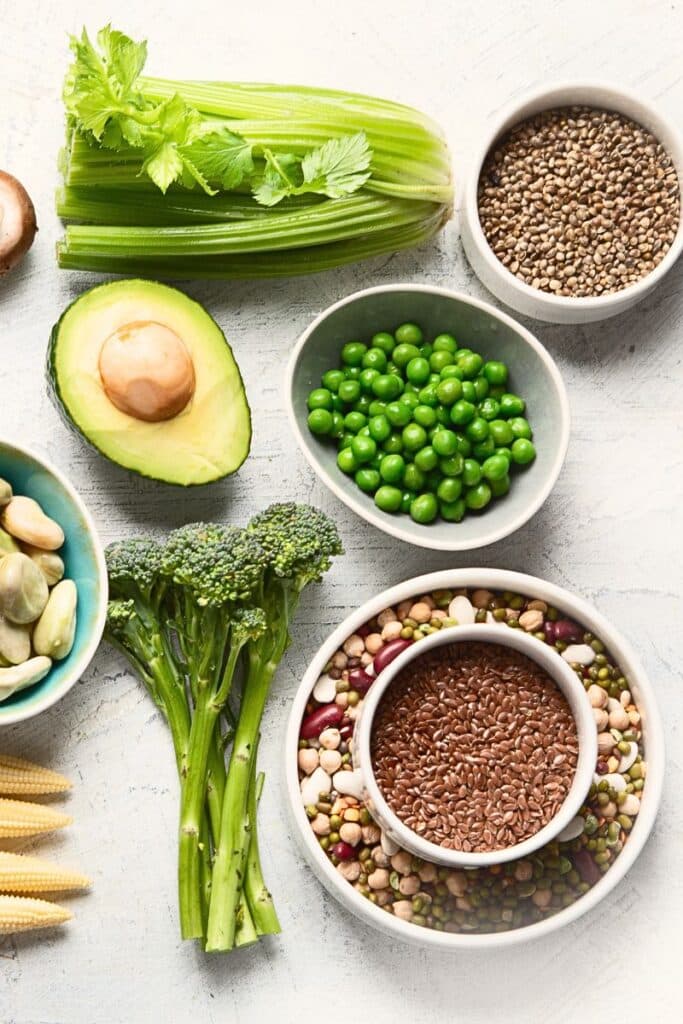
Let's delve into the astounding health benefits that make lentils an indispensable addition to a balanced and nourishing diet:
- Supercharged Nutrition: Lentils boast an impressive nutritional profile to improve the immune system, as they are packed with a wide range of essential vitamins, minerals, and dietary fiber. They are an excellent source of plant-based protein, making them a valuable option for vegetarians and vegans. Lentils also contain iron, magnesium, potassium, and B vitamins, all of which play crucial roles in supporting various bodily functions.
- Heart Health Promotion: Lentils have been widely recognized for their heart-healthy properties. Their high fiber content, coupled with the presence of beneficial antioxidants, helps reduce cholesterol levels and maintain healthy blood pressure, ultimately reducing the risk of cardiovascular diseases. The soluble fiber in lentils aids in the removal of harmful LDL cholesterol from the bloodstream, supporting overall heart health.
- Blood Sugar Management: Lentils possess a unique combination of complex carbohydrates and fiber that contributes to steady blood sugar levels. The soluble fiber in lentils slows down the digestion and absorption of carbohydrates, preventing rapid spikes in blood sugar. This quality makes lentils an ideal choice for individuals with diabetes or those aiming to maintain stable blood sugar levels.
- Digestive Wellness: The amount of fiber content in lentils acts as a natural regulator of digestion. It promotes regular bowel movements, aids in maintaining a healthy gut microbiome, and prevents digestive issues such as constipation. Additionally, lentils' fiber content nourishes the beneficial bacteria in the gut, supporting optimal gut health and overall digestive wellness.
- Weight Management Support: Lentils are a fantastic ally in maintaining a healthy body weight. With their high fiber and protein content, lentils provide a satisfying and satiating effect, helping to curb appetite and prevent overeating. The combination of fiber and protein also aids in boosting metabolism, promoting fat loss, and supporting long-term weight management goals.
The Controversy: Are Lectins Bad For You?
Amidst the ongoing controversy surrounding the potential negative health effects of plant lectins, it is crucial to evaluate the definitive research and scientific evidence to take a firm stance on the matter. While some individuals may experience gastrointestinal issues due to lectin sensitivity, it is important to emphasize that properly cooked beans and legumes, including lentils, are not the culprits behind conditions like irritable bowel syndrome (IBS), inflammation, or obesity.
In fact, an increasing body of scientific research suggests that the benefits of consuming lectin-containing foods, such as lentils, far outweigh the concerns associated with lectins. Lentils, packed with essential nutrients and vital compounds, have been recognized for their remarkable positive impact on human health. Numerous studies indicate that lectins present in lentils can contribute to improved gut health by promoting beneficial gut bacteria and enhancing digestion.

Moreover, emerging research has shed light on the potential preventive properties of lectins against tumor growth and cancer cell proliferation. These findings have opened new avenues for exploring lectins as natural agents in the fight against cancer. Additionally, lectins have demonstrated promising effects on weight management and obesity prevention, providing further evidence of their valuable role in maintaining a healthy body weight.
While individual responses to lectins may vary, it is important to approach the topic with a balanced perspective. Rather than succumbing to fear or eliminating lectin-rich foods from our diets entirely, we should adopt a more informed approach. Listening to our bodies and making educated dietary choices based on our specific needs and preferences allows us to benefit from the vast array of nutrients lentils have to offer.
Should You Avoid Foods With Lectins?
While some individuals may opt to reduce their intake or explore methods to minimize lectin activity, it is important to approach the topic with a positive and scientifically informed outlook. Rather than adopting a mindset of avoidance, we can embrace the nutritional potential that foods with lectins offer by implementing proper preparation and cooking methods.
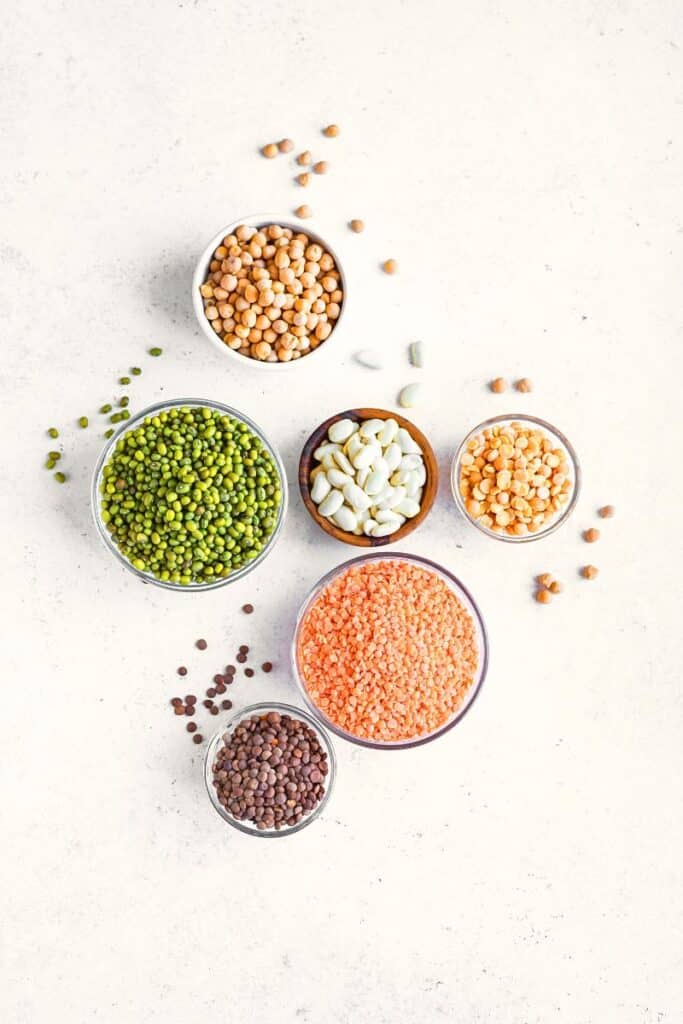
It is crucial to recognize that lectins are naturally present in numerous nutritious foods. Completely eliminating these foods from our diet can potentially lead to nutrient deficiencies, depriving us of the wide array of health benefits they bring. Instead, the focus should shift towards understanding how to prepare and cook lectin-containing foods in a way that mitigates their potential health risks or impact on digestion.
By employing proper preparation methods, such as soaking or removing peels and seeds, we can effectively reduce lectin content in foods like lentils without sacrificing their nutritional value. Soaking legumes, including lentils, before cooking has been shown to significantly decrease lectin levels. By soaking them in water for several hours or overnight and discarding the soaking water, we can break down lectins and enhance the digestibility of these legumes.
Another beneficial approach is utilizing cooking techniques like pressure cooking. The high temperature and pressure achieved during pressure cooking have been found to effectively break down lectins, making them safer for consumption. Furthermore, fermentation is a natural process that can also reduce lectin content in legumes. The fermentation process involves beneficial bacteria breaking down lectins over time, as observed in the production of fermented bean products like miso and tempeh.
By adopting these positive and scientifically supported methods, we can enjoy the nutritional benefits that lectin-containing foods, such as lentils, provide.
Identifying Foods High in Lectins
Before we delve into methods for removing lectins from lentils, let's explore some common foods that contain higher levels of lectins. It's important to note that lectin content can vary depending on the variety, preparation methods, and cooking techniques.
Here is a list of foods, ranked from highest to lowest based on the food's lectin content:
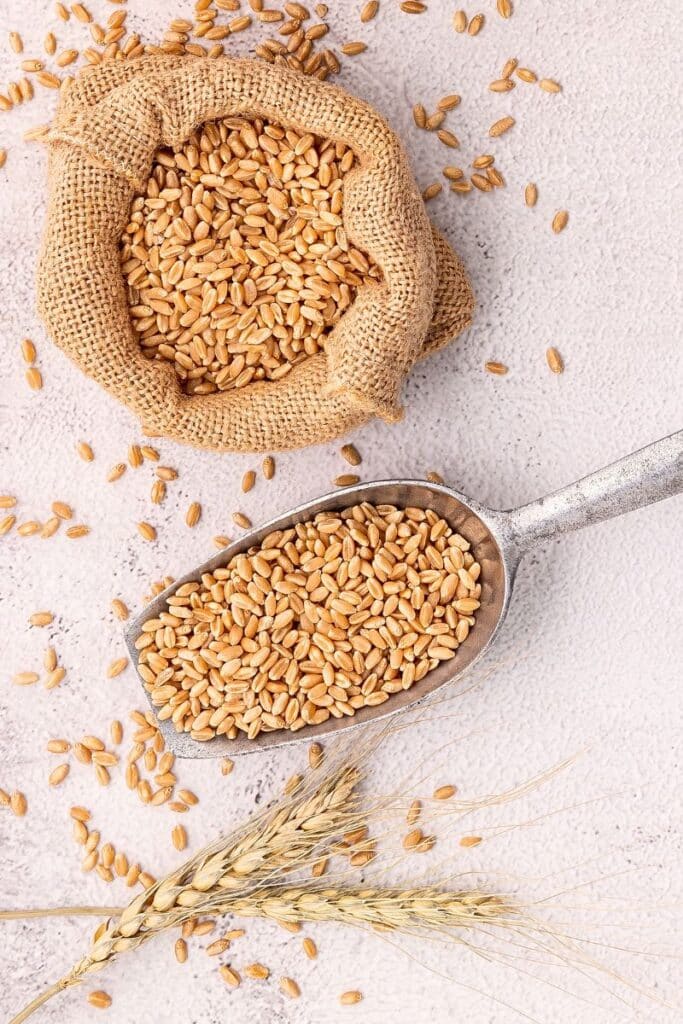
- Legumes
Kidney beans: Kidney beans are a type of legume that contains lectins. These lectins can be harmful when consumed raw or undercooked. However, cooking kidney beans thoroughly can help reduce the lectin content and make them safe to eat.
Brown and Red lentils: Lentils, including red lentils, contain lectins. Similar to other legumes, properly cooking lentils by boiling or pressure cooking them can help reduce the lectin levels.
Chickpeas: Chickpeas, also known as garbanzo beans, are high in lectins. Cooking methods such as boiling, slow cooking, or using canned chickpeas, which are pre-cooked, can minimize the lectin content and make them safe for consumption.
Consuming different types of beans regularly is associated with increased longevity and health!
2. Grains:
Wheat: Wheat is a common grain that contains lectins, particularly gluten lectins such as wheat germ agglutinin (WGA). However, the lectin content in wheat can be reduced by cooking or processing methods like baking or fermentation.
Barley: Barley is another grain that contains lectins. The lectin content in barley can be reduced by cooking methods such as boiling or using it in soups or stews.
Rye: Rye is a grain closely related to wheat and also contains lectins. Similar to wheat, cooking or processing methods can help reduce the lectin content in rye.
3. Nightshade Vegetables:
Tomatoes: Tomatoes are a common nightshade vegetable that contains lectins, specifically a type of lectin called tomato lectin or Solanum lectin. Cooking tomatoes, such as through roasting or stewing, can help reduce the lectin content.
Potatoes: Potatoes also belong to the nightshade family and contain lectins. The lectin content in potatoes can be reduced by cooking methods like boiling, baking, or frying. It's worth noting that the majority of lectins in potatoes are found in the skin, so peeling them can further reduce lectin exposure.
Peppers: Peppers, including bell peppers and chili peppers, contain lectins. These lectins can be reduced by cooking the peppers thoroughly. Roasting or grilling peppers can help reduce lectin levels and enhance their flavor.
Eggplants: Eggplants are another nightshade vegetable that contains lectins. Cooking methods such as baking, roasting, or grilling can help reduce lectin content in eggplants and make them safe to eat.
4. Seeds and Nuts:
Peanuts: Peanuts are legumes but are often grouped with seeds and nuts due to their similar culinary uses. They contain lectins, particularly peanut agglutinin. Roasting peanuts at high temperatures can help reduce lectin levels.
Cashews: Cashews are another example of nuts that contain lectins. The lectins in cashews are typically reduced during the roasting process, making roasted cashews safe for consumption.
5 Effective Methods for Removing Lectins from Lentils (And Other Legumes)
If you're concerned about lectins in lentils or other legumes, several methods can effectively reduce their presence. These methods include:
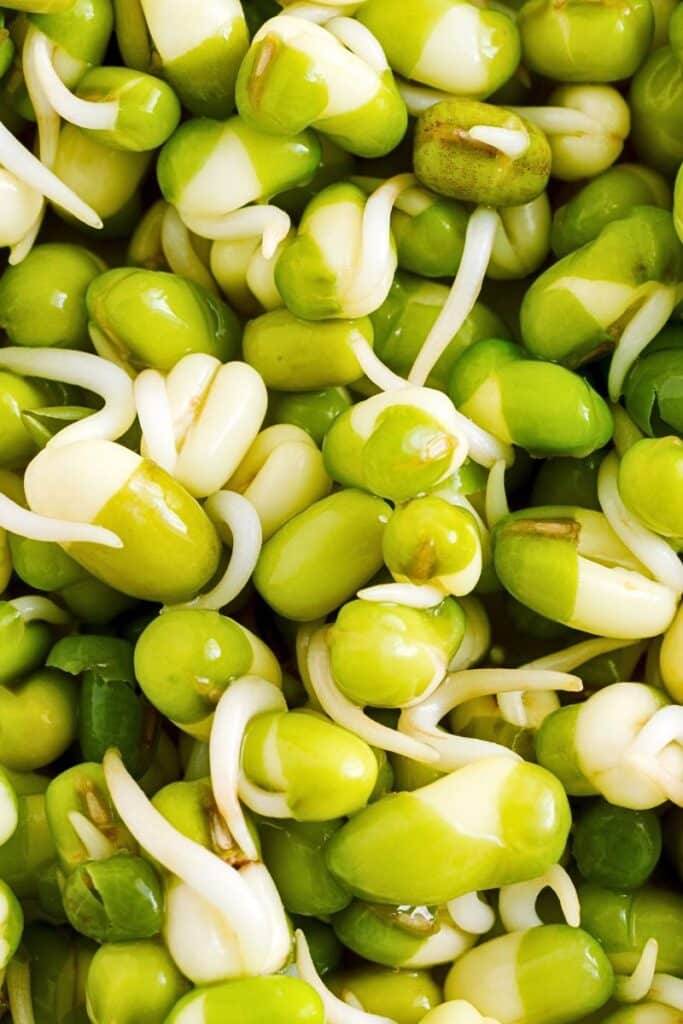
- Sprouting: Sprouting legumes involves soaking them in water and allowing them to germinate. This process not only reduces lectin levels but also increases the availability of nutrients and improves digestibility. After soaking, rinse the legumes and place them in a sprouting jar or tray. Rinse and drain them multiple times a day until sprouts appear. Once sprouted, you can cook and enjoy them.
- Boiling and Draining: Boiling legumes, including lentils, in water and then draining them can significantly reduce lectin content. Start by rinsing the lentils thoroughly, then add them to a pot with water. Bring to a boil and let them simmer for a few minutes. Drain the water and rinse the lentils again before proceeding with your recipe. This method is particularly useful for reducing lectins in canned lentils and providing a more tender final product.
- Combination Methods: Combining multiple methods can further enhance the reduction of lectins in lentils. For example, you can soak the lentils overnight, rinse them well, and then pressure cook them. This combination of soaking and pressure cooking maximizes the removal of lectins, ensuring a safer and more digestible legume.
- Acidic Medium: Including an acidic medium during the cooking process can help break down lectins. Adding ingredients like lemon juice, vinegar, or tomatoes to the cooking water or recipe can create an acidic environment that aids in reducing lectin levels. The acid helps neutralize lectins and makes them less resistant to digestion.
- Multiple Soaking and Rinsing: Instead of a single soak, you can opt for multiple rounds of soaking and rinsing to further diminish lectin content. Soak the lentils for a few hours, drain and rinse them thoroughly, then repeat the process one or two more times. This extended soaking and rinsing help leach out more lectins, making the lentils easier to digest.
By incorporating these additional methods into your culinary repertoire, you can further minimize active lectin presence in lentils and other legumes. Experiment with different combinations and find the methods that work best for you in terms of taste, texture, and digestion.
Remember, the goal is not to eliminate lectins entirely but to reduce their levels to a point where they are well-tolerated by most individuals. Enjoy the versatility and nutritional benefits of lentils while applying these effective methods for a more enjoyable and digestible legume experience.
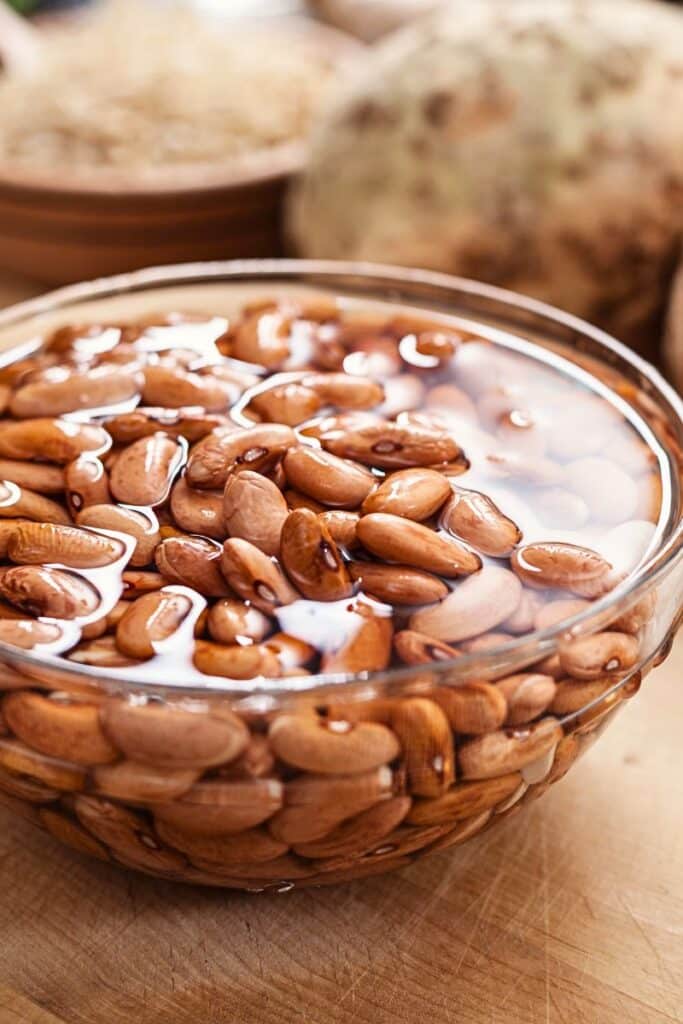
Adding Lentils To Your Diet
Now that we have delved into the various methods of minimizing lectins in lentils, it's time to explore the vast array of delicious recipes that showcase the versatility and nutritional benefits of this remarkable legume. Here are a few mouthwatering recipes that will make incorporating lentils into your diet a delight:
- Lentil Soup: Indulge in the comforting flavors of a classic lentil soup. Start by soaking and rinsing the lentils to reduce lectin content. Then, combine them with an assortment of vegetables, such as carrots, celery, and onions, along with aromatic herbs and spices like thyme and cumin. Allow the flavors to meld together as you simmer the soup until the lentils are tender and the broth has developed a rich taste. This hearty and nourishing bowl of lentil soup is perfect for a cozy meal any time of the year.
- Lentil Salad: Create a refreshing and nutrient-packed salad by combining cooked lentils with a vibrant mix of diced vegetables. Incorporate colorful elements like crisp cucumbers, juicy cherry tomatoes, and vibrant bell peppers. Feel free to experiment with other additions like diced red onions, chopped fresh herbs, or crumbled feta cheese. To enhance the flavors, dress the salad with a simple vinaigrette made with olive oil, lemon juice, and your choice of herbs. This light yet satisfying salad makes for a perfect lunch or side dish.
- Lentil Curry: Delight your taste buds with the exotic flavors of a lentil curry. Begin by sautéing onions, garlic, and a medley of spices such as turmeric, cumin, and coriander in a pan. Once fragrant, add cooked lentils, creamy coconut milk, and an assortment of vegetables like bell peppers, spinach, or cauliflower. Allow the curry to simmer gently, allowing the lentils to absorb the flavors and the vegetables to become tender. Serve this aromatic and nutritious curry with steamed rice or warm naan bread for a truly satisfying meal.
- Lentil Burgers: Embark on a culinary adventure with lentil burgers that are both nourishing and packed with flavor. Start by cooking the lentils until they are tender, then combine them with breadcrumbs, sautéed onions, and an assortment of herbs and spices. Shape the mixture into patties and pan-fry or grill them until they develop a golden brown crust. Serve the lentil burgers on whole-grain buns, accompanied by your favorite toppings such as fresh lettuce, sliced tomatoes, and tangy condiments. These vegetarian or vegan lentil burgers are a delightful and wholesome alternative to traditional burgers.
Incorporating these diverse lentil recipes into your diet allows you to enjoy the nutritional benefits of this legume while relishing the incredible flavors and textures it offers. Lentils provide a good source of protein, fiber, vitamins, and minerals, making them an excellent addition to a balanced and healthy diet.
Remember, the possibilities with lentils are endless. You can also explore other recipes like lentil stews, lentil-based dips, or even lentil-based desserts. Let your culinary creativity flourish as you experiment with different flavor combinations and cooking techniques to create delightful meals that are both nourishing and satisfying.
So, venture into the world of lentils and savor the abundance of taste and nutrition they bring to your table.
Conclusion
Understanding how to remove lectins from lentils (or minimize their effects) empowers individuals to make informed decisions about their dietary choices. While lectins are present in many plant-based foods, including lentils, it's important to note that properly cooked legumes can be part of a healthy and balanced diet.
By employing methods such as removing peels and seeds, soaking, pressure cooking, or fermentation, you can significantly reduce lectin content in lentils and other legumes. These techniques make lentils more digestible and allow you to enjoy their numerous nutritional benefits.
Remember, individual responses to lectins can vary, and it's essential to listen to your body and make dietary choices that suit your specific needs and preferences. So go ahead, explore the world of lentils, and savor the delicious and nutritious recipes they have to offer.
Scientific Studies To Explore
- "Nutritional and health benefits of dried beans" by B. Peterson, published in The American Journal of Clinical Nutrition (2014) - This review article discusses the nutritional composition of dried beans, including lentils. It highlights the high fiber and protein content of lentils and their potential role in reducing the risk of chronic diseases such as obesity, cardiovascular disease, and type 2 diabetes.
- "Health benefits and practical aspects of high-fiber diets" by J. M. Anderson et al., published in The American Journal of Clinical Nutrition (2000) - This review article examines the health benefits of high-fiber diets, with a focus on legumes, including lentils. It discusses the role of dietary fiber in promoting digestive health, reducing the risk of cardiovascular disease, and aiding in weight management.
- "Legumes and heart health" by H. V. Tapsell et al., published in Nutrients (2015) - This review article explores the cardiovascular health benefits of legume consumption, including lentils. It discusses the effects of legumes on reducing LDL cholesterol levels, improving blood pressure control, and reducing the risk of coronary heart disease.
- "Lentils and chickpeas attenuate atherogenesis in LDL-receptor-deficient mice" by A. J. Jenkins et al., published in Atherosclerosis (2010) - This animal study investigates the effects of lentils and chickpeas on atherosclerosis (hardening of the arteries) in mice. The study found that incorporating lentils and chickpeas into the diet reduced atherosclerotic lesions and improved markers of cardiovascular health.
- "Lentil consumption reduces resistance artery remodeling and restores arterial compliance in rats fed a high-fat diet" by P. P. Dhaunsi et al., published in The American Journal of Physiology-Heart and Circulatory Physiology (2001) - This animal study examines the effects of lentil consumption on blood vessel remodeling and arterial compliance in rats fed a high-fat diet. The study demonstrated that lentils improved arterial function and reduced the negative effects of a high-fat diet on blood vessels.
- "Dietary pulse consumption prevents atherosclerosis" by K. E. Chiang et al., published in The Journal of Nutrition (2006) - This animal study investigates the effects of pulse consumption, including lentils, on the development of atherosclerosis. The study found that pulse consumption reduced atherosclerotic lesions and improved lipid profiles in the animals.
- "Effects of dietary pulse consumption on body weight: a systematic review and meta-analysis of randomized controlled trials" by R. Kim et al., published in The American Journal of Clinical Nutrition (2016) - This systematic review and meta-analysis examines the effects of pulse consumption, including lentils, on body weight. The analysis suggests that incorporating pulses into the diet may lead to modest weight loss and improvements in body composition.
- "Dietary fiber and the risk of colorectal cancer and adenoma in women" by Y. Fuchs et al., published in The New England Journal of Medicine (1999) - This large-scale prospective study investigates the association between dietary fiber intake and the risk of colorectal cancer. Lentils, as a source of dietary fiber, were among the foods examined. The study found that higher fiber intake was associated with a reduced risk of colorectal cancer.
- "Legume consumption and risk of all-cause, cardiovascular, and cancer mortality in the PREDIMED study" by A. Guasch-Ferré et al., published in Clinical Nutrition (2020) - This study analyzes the association between legume consumption, including lentils, and mortality risk. The study found that higher legume consumption was associated with a lower risk of all-cause, cardiovascular, and cancer mortality.
- "Effect of dietary pulses on blood pressure: a systematic review and meta-analysis of controlled feeding trials" by V. Jayalath et al., published in The American Journal of Hypertension (2014) - This systematic review and meta-analysis examine the effects of pulse consumption on blood pressure. Lentils were among the pulses investigated. The analysis suggests that pulse consumption may contribute to modest reductions in blood pressure.



